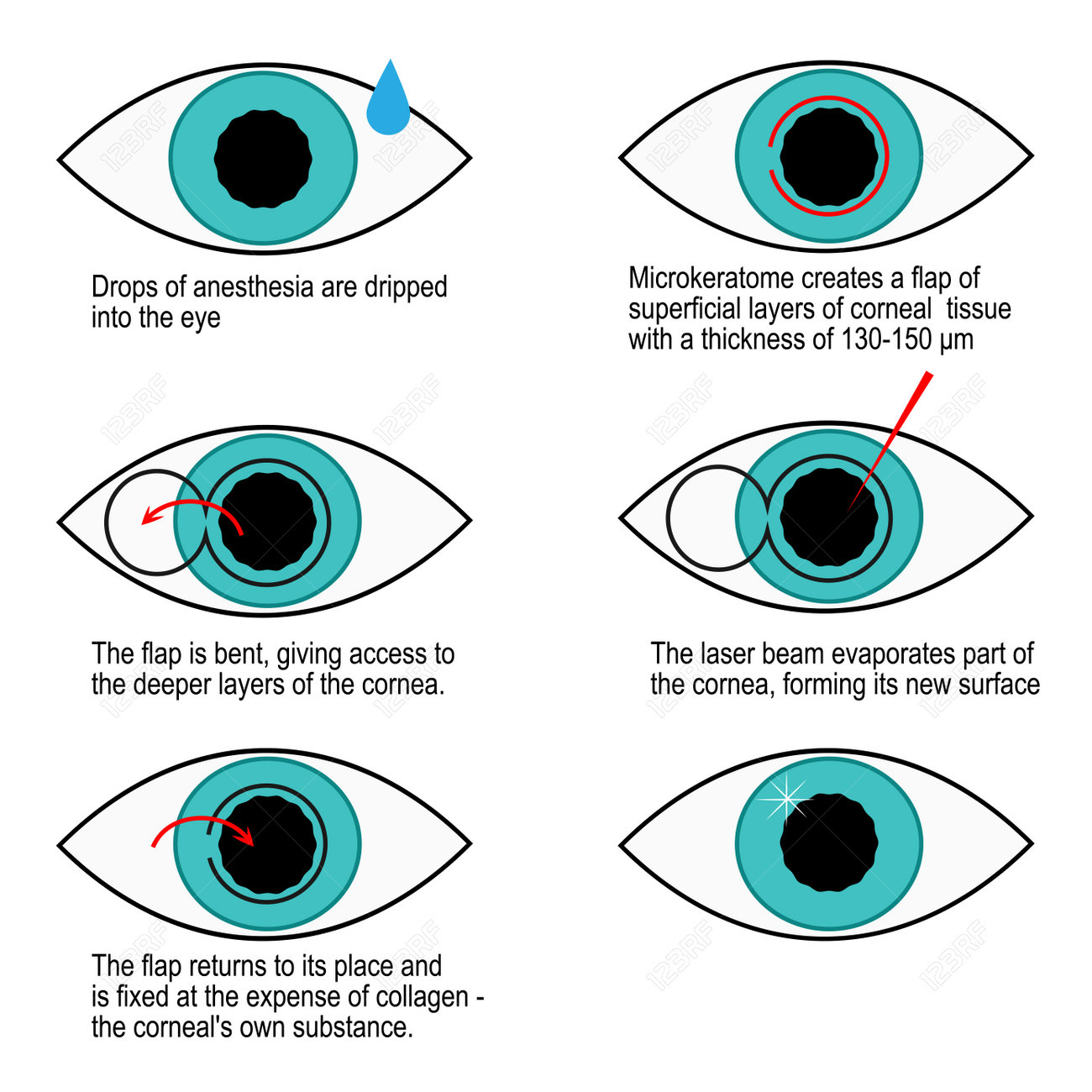What Are The Differences And Resemblances Between SMILE Eye Surgery, LASIK, And PRK?
What Are The Differences And Resemblances Between SMILE Eye Surgery, LASIK, And PRK?
Blog Article
Web Content Develop By-Humphries Waller
If you've been considering SMILE eye surgical treatment, you might question just how it stacks up against LASIK and PRK. Each treatment has its own set of benefits and considerations. From quicker recovery times to potential risks, there are key differences you must be aware of before deciding. Recognizing these differences will aid you make an educated choice that straightens with your certain needs and expectations. Interested to recognize more regarding just how these treatments contrast thoroughly? Continue exploring to obtain an extensive understanding of SMILE, LASIK, and PRK.
SMILE Eye Surgery Review
If you're thinking about SMILE eye surgery, you'll discover it to be a minimally intrusive procedure with a quick recuperation time. Throughout SMILE (Tiny Incision Lenticule Removal), a laser is used to develop a little, precise cut in the cornea to get rid of a little item of cells, reshaping it to remedy your vision. This differs from LASIK, where a flap is developed, and PRK, where the outer layer of the cornea is totally removed.
Among the key advantages of SMILE is its minimally intrusive nature, leading to a faster recovery process and much less discomfort post-surgery. The recuperation time for SMILE is reasonably fast, with several patients experiencing boosted vision within a day or more. This makes it a popular selection for those looking for a practical and reliable vision modification procedure. In addition, SMILE has actually been shown to have a reduced threat of dry eye syndrome contrasted to LASIK, making it a desirable option for individuals worried about this prospective negative effects.
Distinctions Between SMILE, LASIK, and PRK
When comparing SMILE, LASIK, and PRK eye surgical procedures, it is necessary to comprehend the unique methods used in each treatment for vision adjustment.
SMILE (Tiny Cut Lenticule Extraction) is a minimally intrusive procedure that entails producing a little cut to remove a lenticule from the cornea, improving it to remedy vision.
LASIK (Laser-Assisted Sitting Keratomileusis) involves developing a thin flap on the cornea, using a laser to improve the underlying cells, and then rearranging the flap.
PRK (Photorefractive Keratectomy) removes the outer layer of the cornea before improving the cells with a laser.
The main difference depends on the method the cornea is accessed and dealt with. do they put you out for cataract surgery is flapless, making it a good alternative for people with thin corneas or those associated with contact sports. LASIK supplies quick aesthetic recovery because of the flap creation, yet it might pose a higher risk of flap-related difficulties. PRK, although having a much longer healing duration, avoids flap-related problems completely.
Comprehending these variations is important in selecting one of the most ideal treatment for your vision improvement requirements.
Benefits And Drawbacks Comparison
To review the advantages and downsides of SMILE, LASIK, and PRK eye surgeries, it's necessary to think about the particular advantages and potential limitations of each procedure. SMILE surgical procedure uses the advantage of a minimally invasive procedure, with a smaller sized incision and potentially quicker healing time compared to LASIK and PRK. It likewise lowers the threat of dry eye post-surgery, an usual negative effects of LASIK. Nonetheless, why not find out more may have constraints in treating higher levels of myopia or astigmatism contrasted to LASIK.
LASIK surgery gives rapid aesthetic healing and marginal pain throughout the treatment. It's very efficient in dealing with a large range of refractive mistakes, including myopia, hyperopia, and astigmatism. Yet, LASIK lugs a danger of flap difficulties, which can impact the corneal structure.
PRK eye surgery, while not as preferred as LASIK, avoids producing a corneal flap, reducing the risk of flap-related complications. It's suitable for people with thin corneas or uneven corneal surface areas. Nevertheless, PRK has a much longer recuperation time and may entail much more pain throughout the healing procedure.
Verdict
So, when it comes to selecting between SMILE, LASIK, and PRK, think of it like picking the excellent set of footwear. SMILE is like a streamlined, comfy pair of sneakers - quick and very easy.
LASIK is a lot more like trendy high heels - fancy and fast, yet with some potential risks.
PRK resembles sturdy hiking boots - dependable and sturdy, however calling for a little bit even more time and effort.
Eventually, the most effective selection relies on your individual demands and preferences.
